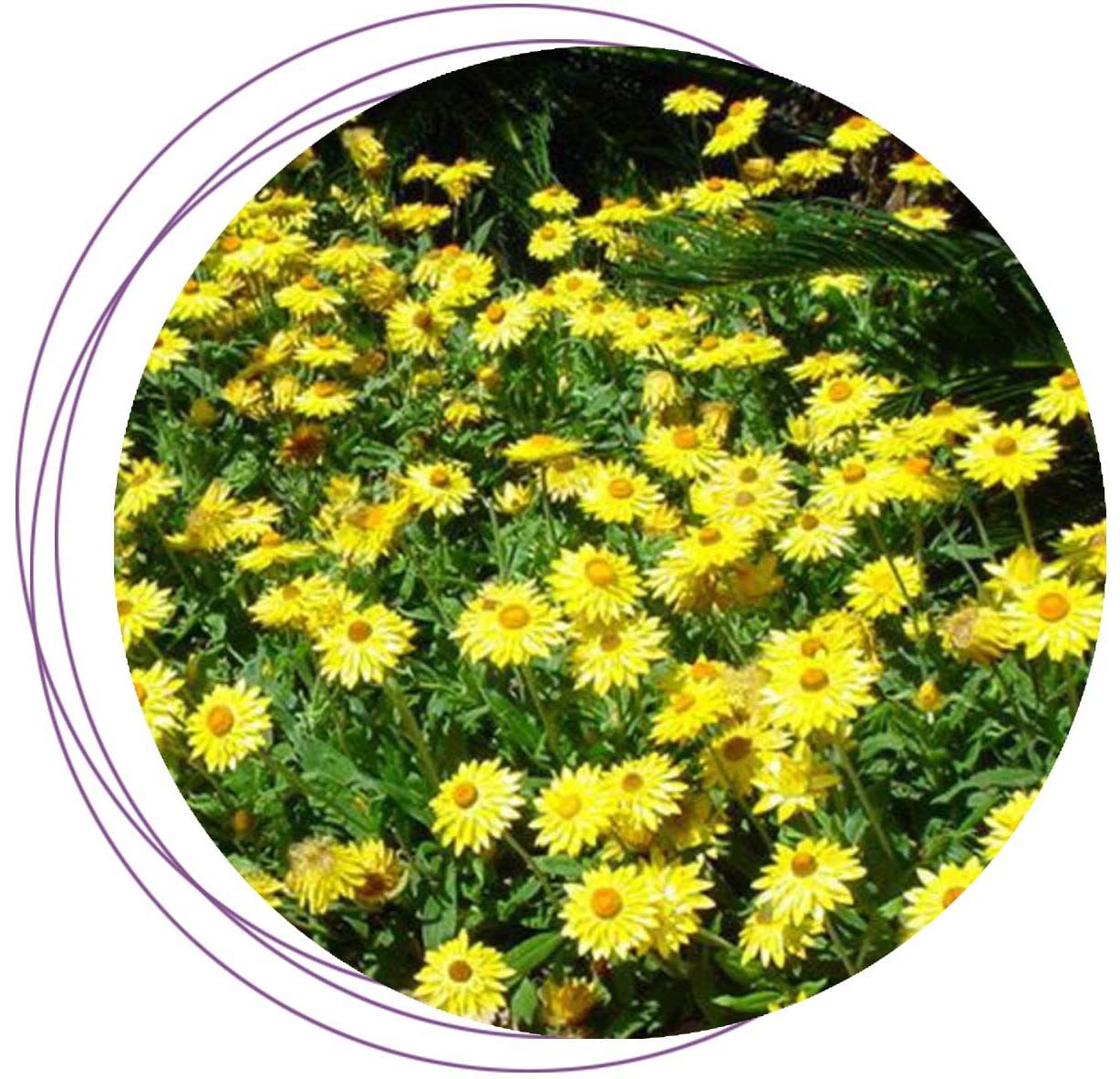
Xerochrysum bracteatum - Golden Everlasting Daisy
Xerochrysum bracteatum, the "Golden Everlasting", is one of the best known of the "paper daisies" as it is a very widespread species occurring in both annual and perennial forms. It varies in habit from prostrate to a shrubby plant of about 1m in height. The leaves are usually large (up to 100mm long) and green to grey-green in colour.
The individual flowers are very small but are formed into a large cluster surrounded by large papery bracts. The overall appearance is that of a large, single "flower" with the bracts as the "petals". However, well over a hundred true flowers occur inside the ring of bracts.
Golden everlasting responds well to annual fertilising, usually with a slow-release type and appreciates an assured water supply. Perennial forms are usually quick growing in a sunny, well drained position. They benefit from a regular light pruning to encourage branching and a greater number of flowers. Severe pruning to overcome "legginess" may be successful but only as a last resort.
Peter is a master at producing flowering Xerochrysum for the various NPQ Plants Markets and always has a good selection of specimens to choose from at his stall/
For low-priced native plants and expert advice come along to our Spring Native Plants Market —click here to sign up for event updates.